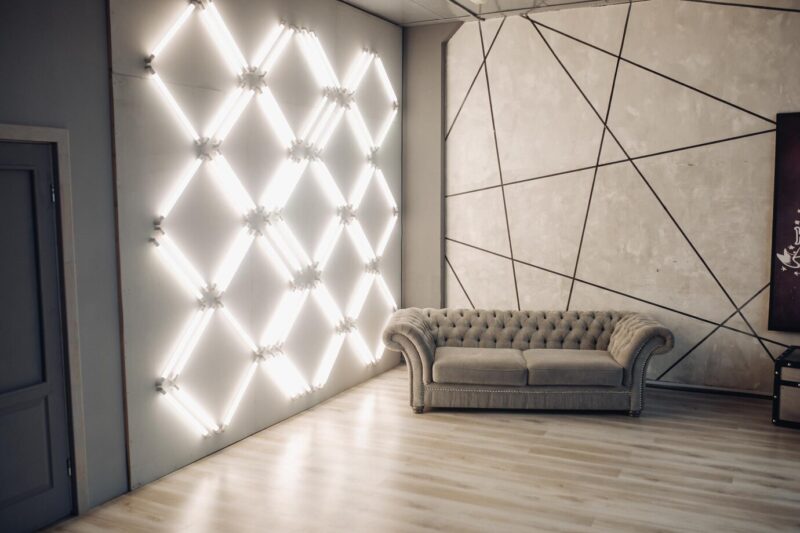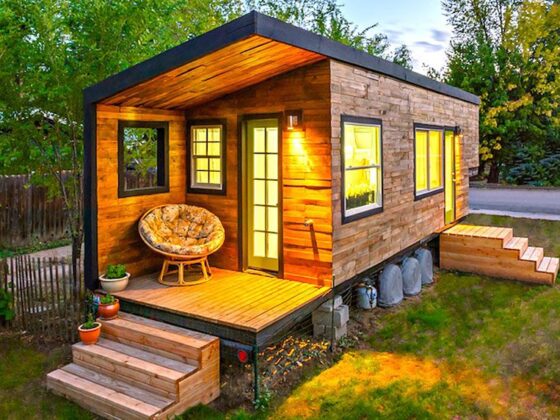Three-dimensional artwork and textures are usually useful for adding depth to a room and turning it from an uninteresting place into a high-energy and engaging setting.
1. Use Layered Painting Techniques
Painting walls using layers is great for adding depth or complexity. If you use the same hue but vary between dark and light tones, it can seem as though there is actual depth in them rather than your regular painting method.
For example, lighter and darker shades of the same colour may be applied through a sponging technique to introduce a mottled texture to walls, which enriches them. Alternatively, stencils used for the pattern may also introduce subtle shadows generated through a brush, adding extra layers of complexity.
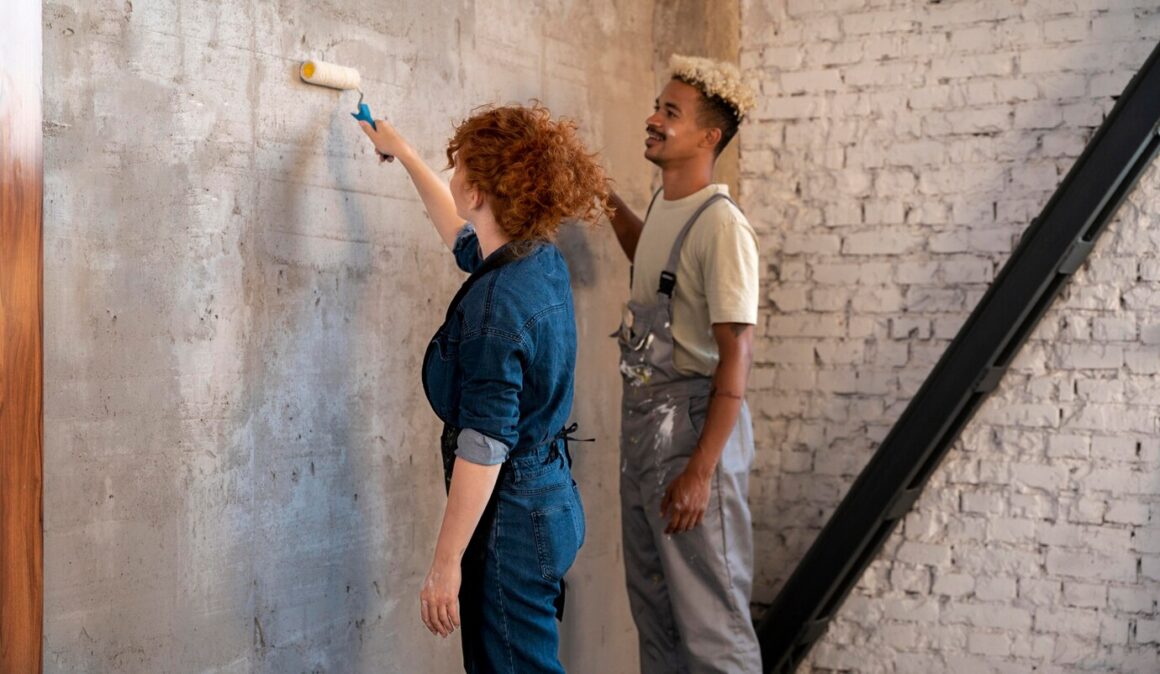
2. Use Textured Surfaces
Another way to add depth to a room is to incorporate textures on surfaces. Options can range from textured paint to natural stone cladding to even 3D wall surfaces, which can elevate how your space appears both tactilely and visually.
Textured paint is the best option for producing timid, in-depth points perfectly. Introducing natural stone cladding within your house provides an organic aspect through its rustic feel, adding surfaces and temperatures to the room. As a result, the natural differences in the colours of stones develop shadows and bright spots, which improve how deep things appear.
Three-dimensional art extends this idea even further by incorporating literal three-dimensional elements into your wall decor. This can come in various designs and materials, from geometric patterns to organic shapes, and can be coloured according to your palette. Light and shadow interacting with such surfaces create a lively visual effect that keeps changing throughout the day with its natural sunlight and shadows.
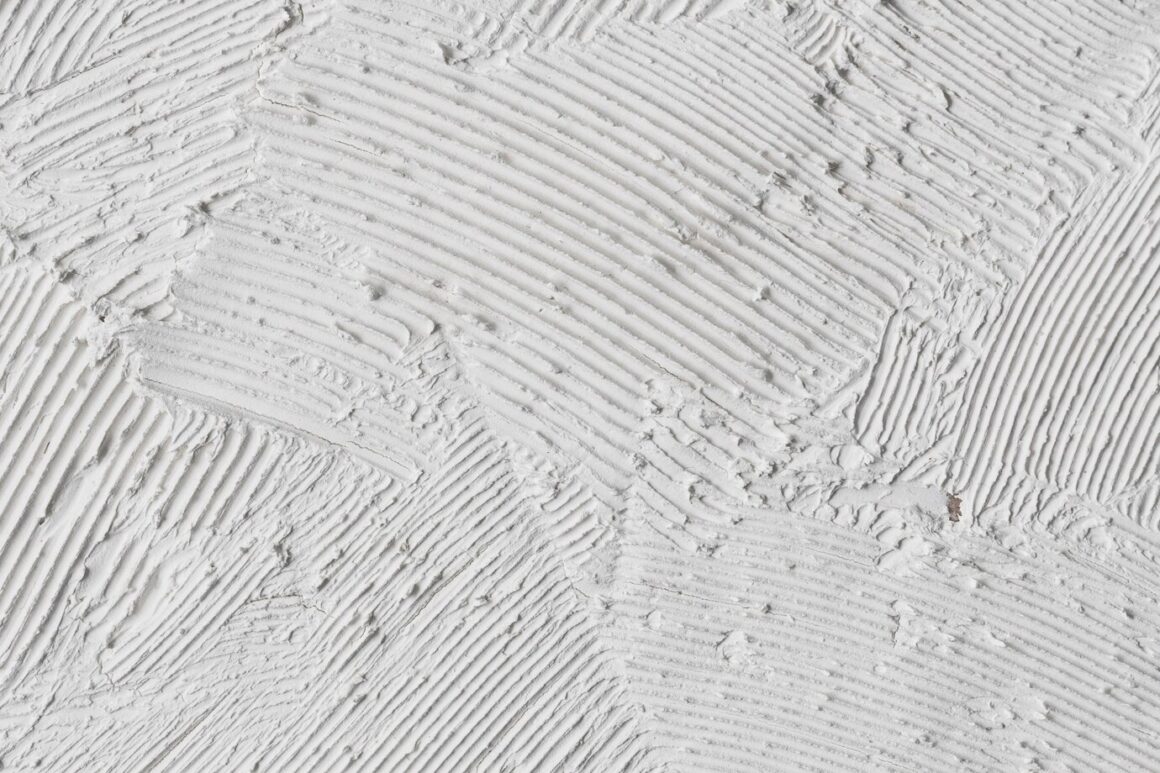
3. Use Textured Walls or Geometric Tiles
One alternative to enhancing depth is to incorporate textured walls and geometric tiles. Differently sized and shaped tiles can create a visually stimulating surface that draws the eye, adding intricacy to space.
For instance, employing hexagonal tiles of varying sizes can help achieve a honeycomb that gives walls both texture and interest. Similarly, mixing big and small rectangular tiles in an off-centred way can give one an impression of depth and some motion. This can also be done through frames, to not only give the space depth, but to also give a more homely, welcoming feel. Gallery walls are a perfect way to do this, using a mixture of frame sizes such as a1 frames, 70×100, 50×70, 30×40, and any other varying sizes that may suit you.
Though not always the case, grout in tiles should be considered. With contrasting grout, individual tiles and the overall patterning are visible, making the room look deeper. On the other hand, similar grouting creates a smoother and gentler appearance.
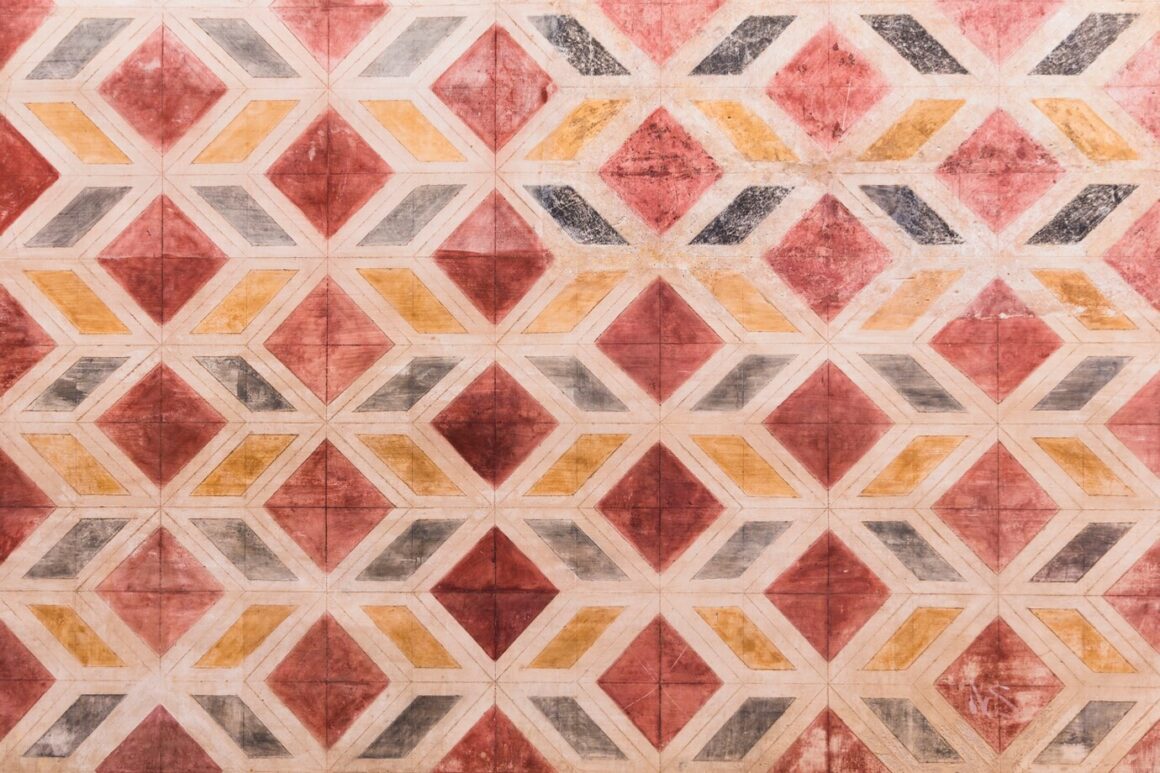
4. Use Textured Wallpaper
When you choose textured wallpaper instead of a flat one. Your wall gets a 3D effect because it imitates different materials and designs, unlike ordinary wallpapers, which are uniformly coloured.
Pick wallpaper that complements your general design scheme. Subtle textures, such as silk or linen, will give your living area a classy appearance if they are used as wallpaper, while others like embossed patterns or metal finishes.
These designs have the power to create a strong visual impact. Textured wallpaper should be applied so that the room lighting aligns with its texture. The right lighting brings out the texture of the wallpaper, with shadows that make it appear three-dimensional. However, in low light, the texture is compressed, making it less effective.
Incorporating textured or three-dimensional artwork is a great way to make your room look good and more interesting. Layered painting techniques, textured surfaces, geometric tiles, and textured wallpaper all have advantages and aesthetic appeal.
By thoughtfully combining these elements, you can create a dynamic environment and make your room look beautiful and feel engaging and inviting.
